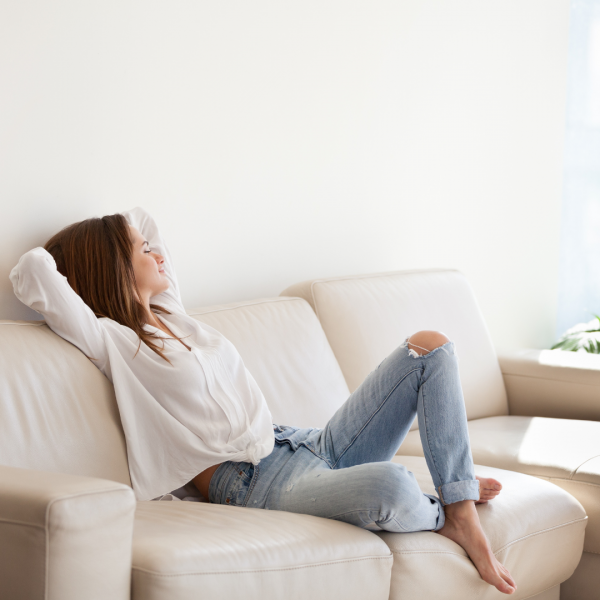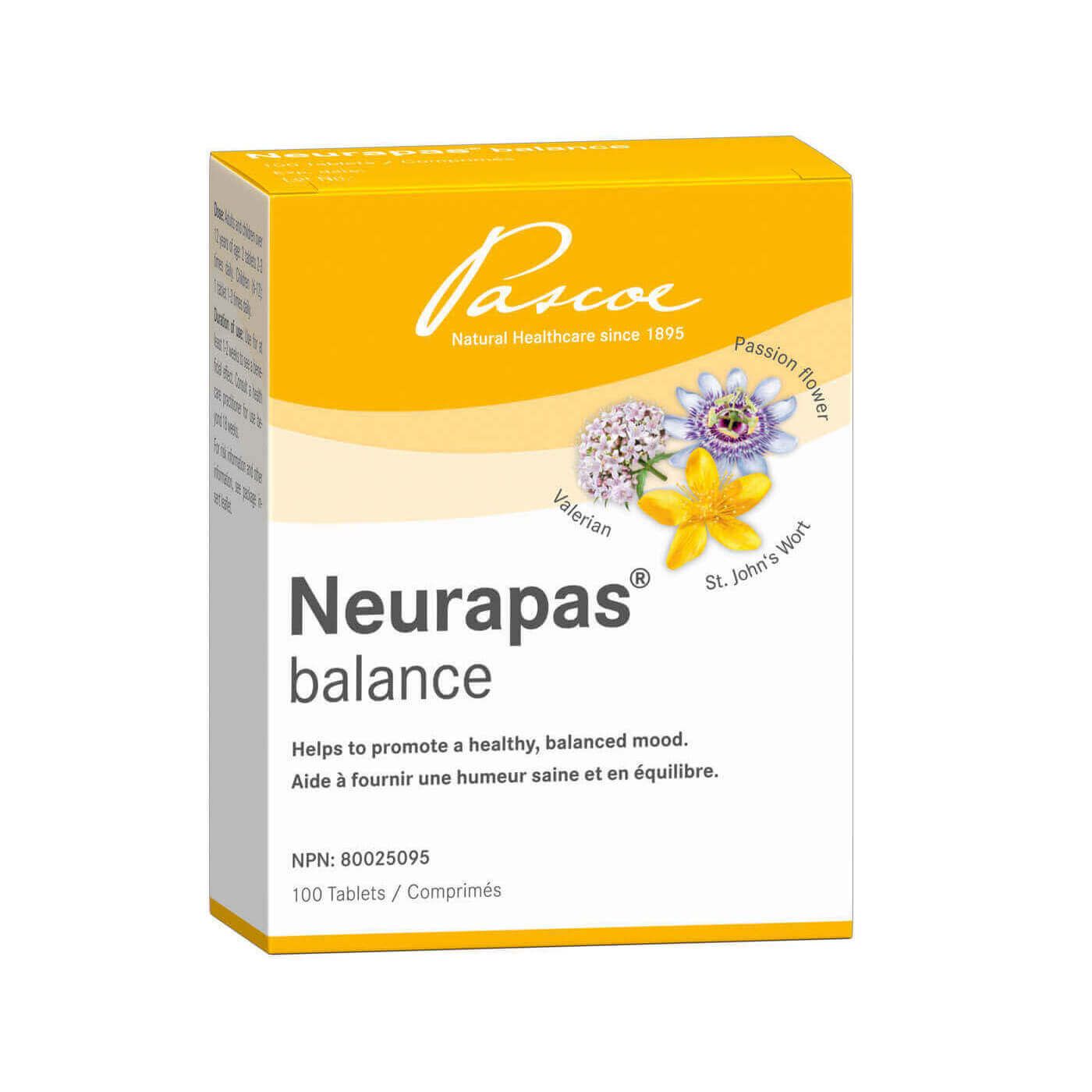Tips for Battling Holiday Stress
There are a number of preventative measures we can take as we move into the winter months and the holidays are fast approaching.
With colder temperatures and more time spent indoors, we can easily develop the winter blues, also known as seasonal affective disorder, or SAD. These feelings can make coping with holiday stressors that much more challenging.
What is Seasonal Affective Disorder?
For most people,in the summertime, when the weather is warm and daylight lasts longer, it is a lot easier to maintain a sunny disposition. Although summer SAD can still occur and struggling with mental health anytime of year may be a sign of a more serious mood disorder, SAD is very common in the winter.
Seasonal Affective Disorder can occur anytime the seasons shift and change occurs. According to John Hopkins, it may also be more likely to affect women. While SAD can happen anytime, we’re focusing on winter SAD.
As Fall begins to wane and the winter starts to set in, here are the signs and symptoms that you might be struggling to withstand the pressures of SAD.


- You’re tempted to sleep in more and have trouble getting out of bed
- You want to withdraw socially and “hibernate”
- Your appetite isn’t the same and you’re craving more carbohydrates
- You’re starting to gain weight
- Your energy is at an all time low – you don’t have the same physical motivation and you might even feel “sluggish”
- You’re less excited to do things that you once were excited for
- It’s starting to affect how you think, feel, and handle your day-to-day commitments
- You’re experiencing feelings of depression nearly every day for a good part of the day
- You’ve started to feel hopeless, and/or worthless, or may be thinking of death more
These symptoms may last for as long as 4 or 5 months. If you don’t experience all of these symptoms, you may still be suffering from a milder form of SAD.
What Causes SAD?
According to the National Institute of Mental Health, SAD may have to do with a deficiency in the activity of our feel-good neurotransmitter, serotonin. Because we lose hours of sunlight in the winter, the molecules responsible for regulating serotonin levels suffer. These molecules are directly influenced by our exposure to sunlight. A decrease in serotonin levels affects mood regulation.
On the other hand, SAD may occur due to an increase in melatonin. This may correlate to more hours of darkness. Melatonin is the hormone which, within our sleep-wake cycle, is responsible for feelings of drowsiness and fatigue. When the seasons change and the amount of daylight changes with it, these fluctuations can affect our natural circadian rhythm.
Creating a regular routine of when you wake up and when you go to sleep can help correct seasonal dysregulation. Turning the lights down low before bedtime can signal the production of this hormone, making getting a good night’s sleep easier.
Disruptions of these vital sleep-wake signals in the winter months can lead to mood and behaviour challenges.
Vitamin D may also be a contributor, as it is a strong component of serotonin synthesis. We receive vitamin D from our exposure to daily sunlight. Vitamin D and serotonin levels, therefore, suffer as days become shorter.
Although studies have not fully confirmed the cause, the occurrence of SAD is prevalent enough that the above correlations have been studied and specific treatments have been established.
Specific Treatments for SAD
If you’re looking to cope better this holiday season, work preventatively as early as possible.
Light therapies are a great way to expose ourselves to “sunlight” on days when there are fewer light hours outside. By sitting in front of a bright light box (10,000 lux is standard), we can mimic sun exposure and signal the wakefulness we normally receive from morning light. Tricking the body by using light boxes for 30-45 minutes every morning is a great way to get the benefits of sunlight vitamin D, without the damaging effects of UV.
Supplemental vitamin D is also an option to make stress management easier through the winter. Start supplementation as autumn commences. Vitamin D is a fat soluble vitamin meaning the body will store what is needed and disperse it as it is required.
If you are struggling severely, seek medical assistance. They may provide you with antidepressant medications. SAD may be treated with drugs that encourage serotonin activity, or selective serotonin reuptake inhibitors (SSRIs).
Managing Holiday Stressors
And when in doubt, here are our top tips for holiday stress.
1. Schedule moments of calm throughout your day. Just as you would schedule a meeting, schedule a 5-10 minute gap whenever possible between activities. Find a quiet place to sit calmly and take a few deep breaths. Or use this time to check in with a friend, or drink some water.
2. Get into bed and/or go to sleep early a few nights a week. Even if it’s only 1-2 nights a week, get extra sleep and rest where you can. Make a ritual at night, by turning the lights down low and cozying up with a magazine or novel. When your body is well-rested, it can better respond to stress.
3. Resist the urge to hibernate indoors and from social interaction. Although your social calendar might feel overwhelming, resist the urge to run in the opposite direction. Pare down your social calendar and make room for quality connections. By getting outside and connecting with a friend in a low key environment, we relate to one another, offer support, and remember that we’re not alone.
Supporting Those in Need
If you spot symptoms of SAD cropping up with someone you love, they might also be having trouble managing seasonal stress. Be gentle with family members, as people with SAD can feel more sensitive and vulnerable. Offer to bundle up and go for a walk outside together – they probably need it as much as you do!
Disclaimer
Pascoe Canada does not offer health or medical advice as we are not a healthcare practitioner. Please speak with your healthcare practitioner before beginning any program related to nutrition, diet, exercise, fitness, medical, and/or wellness. All content published by Pascoe Canada is developed through collaborating with licensed medical professionals and contributors. This includes text, graphics, images, and other material on the website, newsletter, and products (“Content”). This content is for informational purposes only and does not constitute medical advice. The content does not substitute professional medical advice, diagnosis, or treatment. Please always do your own research on whether this is for you along with your healthcare practitioner advice. Always consult your healthcare practitioner prior to using specific herbs because you might have underlying conditions that need professional care. The content is general in nature and is subject to change. It is not intended to cover all possible uses, directions, precautions, warnings, drug interactions, allergic reactions, or adverse effects.


